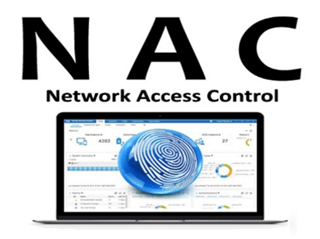NAC Full Form | What is Network Access Control
What is the full form of NAC
NAC: Network Access Control

NAC stands for Network Access Control; also known as network admission control. It deals with network management and security that implements security policy, compliance, and management of access control to a network. It is essential to secure the devices attached to a network. The network devices consist of communication and computing equipment, if they are not secure, it can affect the entire network and its resources.
So, it is a network solution that allows only compliant, authenticated endpoint devices and nodes to access network resources and infrastructure. Furthermore, it also controls and monitors their activity once they are on the network. Thus, it helps enterprises implement policies for controlling devices and user access to their networks.
NAC allows private organizations to improve the security of their network by restricting the availability of network resources to endpoint devices that comply with the organization security policy. So, it is a method of strengthening the security of a patented network by restricting the availability of network resources to endpoint devices that follow the defined security policy.
Furthermore, NAC can restrict data that users can access and implements anti-threat applications such as firewalls, antivirus software, etc. It can also regulate the things that a subscriber can do once he or she is connected.
A typical network access controls scheme comprises two main components Restricted Access and Network Boundary Protection.
two main components Restricted Access and Network Boundary ProtectionAccess to a network can be restricted by user authentication and authorization control. The user authentication involves to identify and authenticate different users to the network system. Authorization is the process of granting or denying specific access permissions to protected resources.
Network Boundary Protection involves the monitoring and controlling the connectivity of networks. For example, the firewalls can be used to prevent unauthorized access to a network system as well as intrusion detection and prevention technologies can be set up to prevent attacks from the internet.